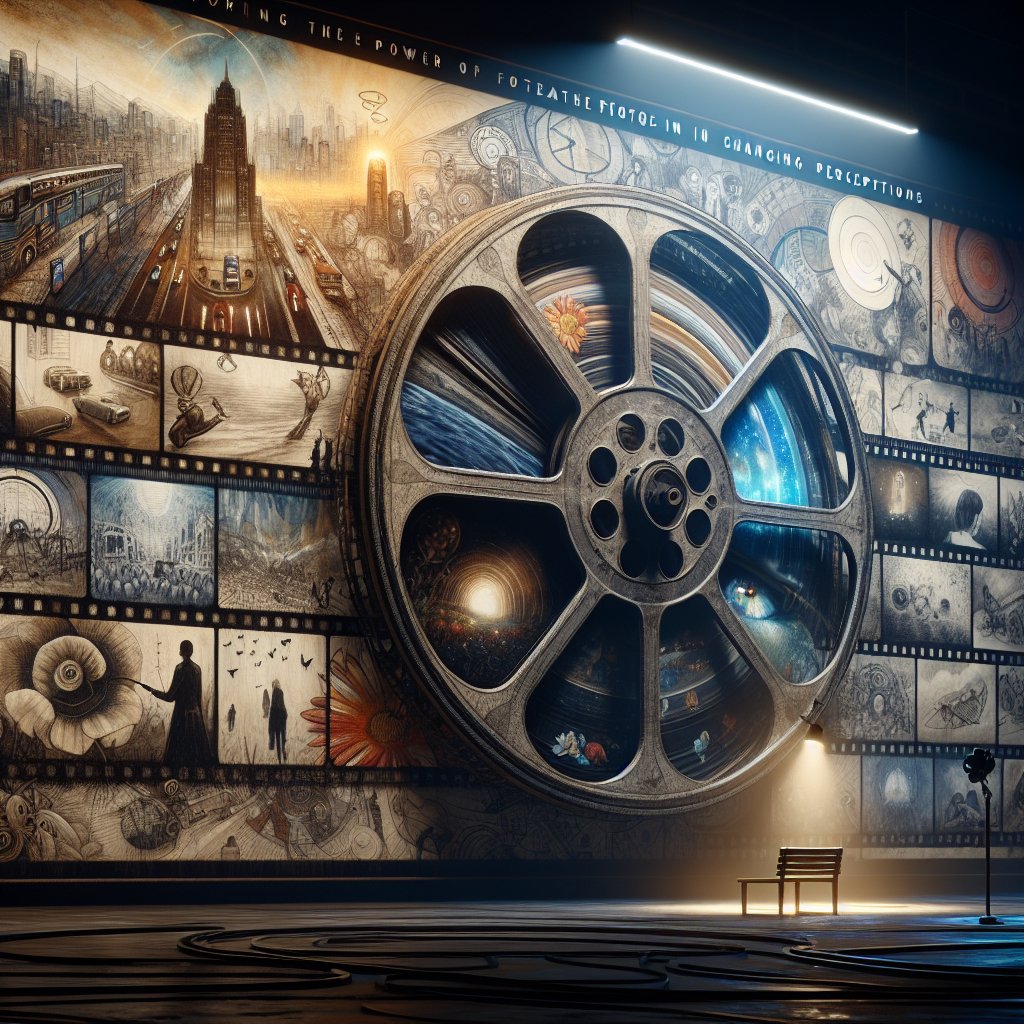With the advent of technology, the power of moving pictures or footage has skyrocketed. Many attribute the rise of film and video content to be closely linked to the dynamic manner in which humanity perceives and connects with the world. Footage serves as a potent catalyst for shaping perceptions and influencing opinions locally and globally. Let us delve into the power of footage in altering perceptions.
The Transformational Power of Footage
Visual content is an incredibly robust tool in making complex reality comprehensible to the viewer. While textual content relies on the reader’s imagination, footage cultivates perception by translating scenarios into visible and relatable material. It creates a shared reality where the viewer, regardless of their physical location or cultural background, can connect with the portrayed incidents and situations.
Reinforcing Subjectivity and Empathy through Footage
Footage plays a crucial role in presenting an objective view of events while at the same time eliciting empathy. Watching an incident unfold stimulates the viewers’ empathy, enabling them to establish a connection with the subjects involved. This connectivity is often much more potent than reading about the same events.
Footage as a Tool for Awareness and Social Change
Footage has been instrumental in sparking dialogues and debates about social issues. In recent years, videos highlighting instances of police brutality, environmental degradation, and political unrest have gone viral, reaching millions of people worldwide. These powerful visuals stimulate public engagement, shift perspectives, and often act as a catalyst for social change.
Footage in Marketing and Advertising
Visual content forms an integral part of marketing and advertising strategy in business. A tastefully created advertisement can boost a product’s appeal and establish a positive brand image in the consumer’s mind. Research has shown that people are more inclined to remember and engage with visual content than with text. Thus, brands utilize the power of footage to maximize their reach and influence.
Limitations and the Need for Ethical Usage
While the power of footage is undeniable, it is equally vital to acknowledge its potential for misuse. Manipulative editing, out-of-context footage, and deep-fake videos are issues deliberated upon in the media. Therefore, ethical guidelines must be strictly adhered to when using footage to inform, educate, or shape public opinion.
Conclusion
Footage undoubtedly holds immense power in shaping and changing perceptions. Whether influencing consumer behavior, creating empathy, or sparking social change, the influence of visual content is transformative. However, with this power comes the responsibility to ensure ethical usage. Ensuring authenticity and maintaining an objective standpoint in presenting footage is imperative in guaranteeing that this tool remains a catalyst for positive change.
FAQs
- How does footage play a role in shaping perceptions?
Footage provides a visual representation of situations and incidents, effectively shaping and altering our perceptions by offering a tangible reality to connect with. It extends a universal language that breaks the barriers of space and cultural differences.
- Why is footage considered a powerful tool for social change?
Footage has the power to make visible the underrepresented and marginalized parts of society. It invites viewers to acknowledge and empathize with these realities, often sparking dialogues, leading to increased awareness and social change.
- What is the role of footage in marketing and advertising?
Footage forms a fundamental part of advertising, enabling businesses to vividly showcase their products or services and establish a brand image. Advertising campaigns frequently rely on the memorable and engaging nature of visual content to influence consumer behavior.
- What are the limitations and ethical considerations surrounding the use of footage?
Like any powerful tool, footage can be misused and manipulated. It’s vital to consider the ethical implications and strive for authenticity, ensuring the footage used is contextually accurate and does not mislead the viewer.
- How does footage impact empathy?
Footage has the power to bring distant realities close to the viewer and instigate empathy. By witnessing events unfold on screen, viewers are more likely to empathize with the subjects depicted, fostering shared experiences and emotions.

